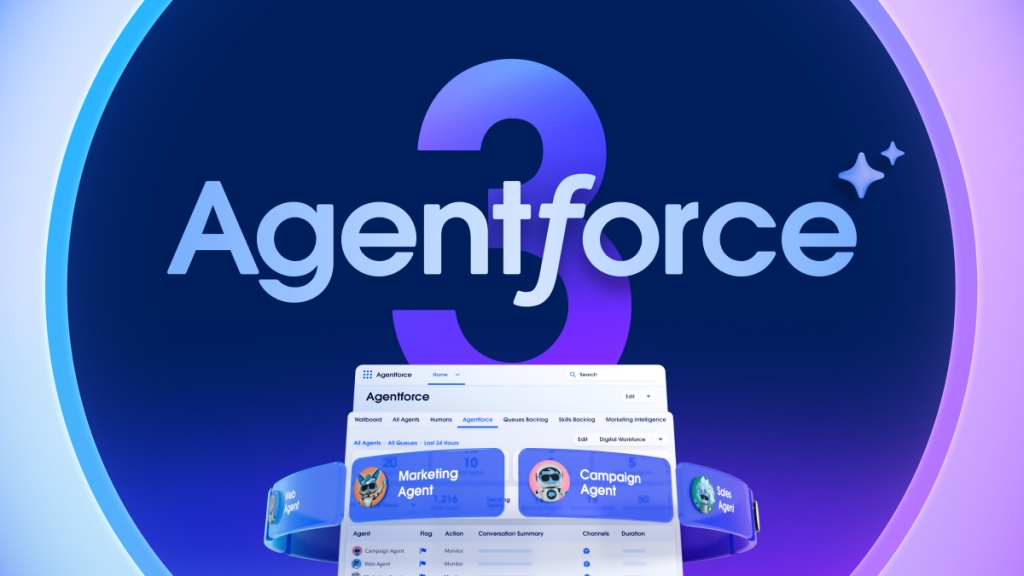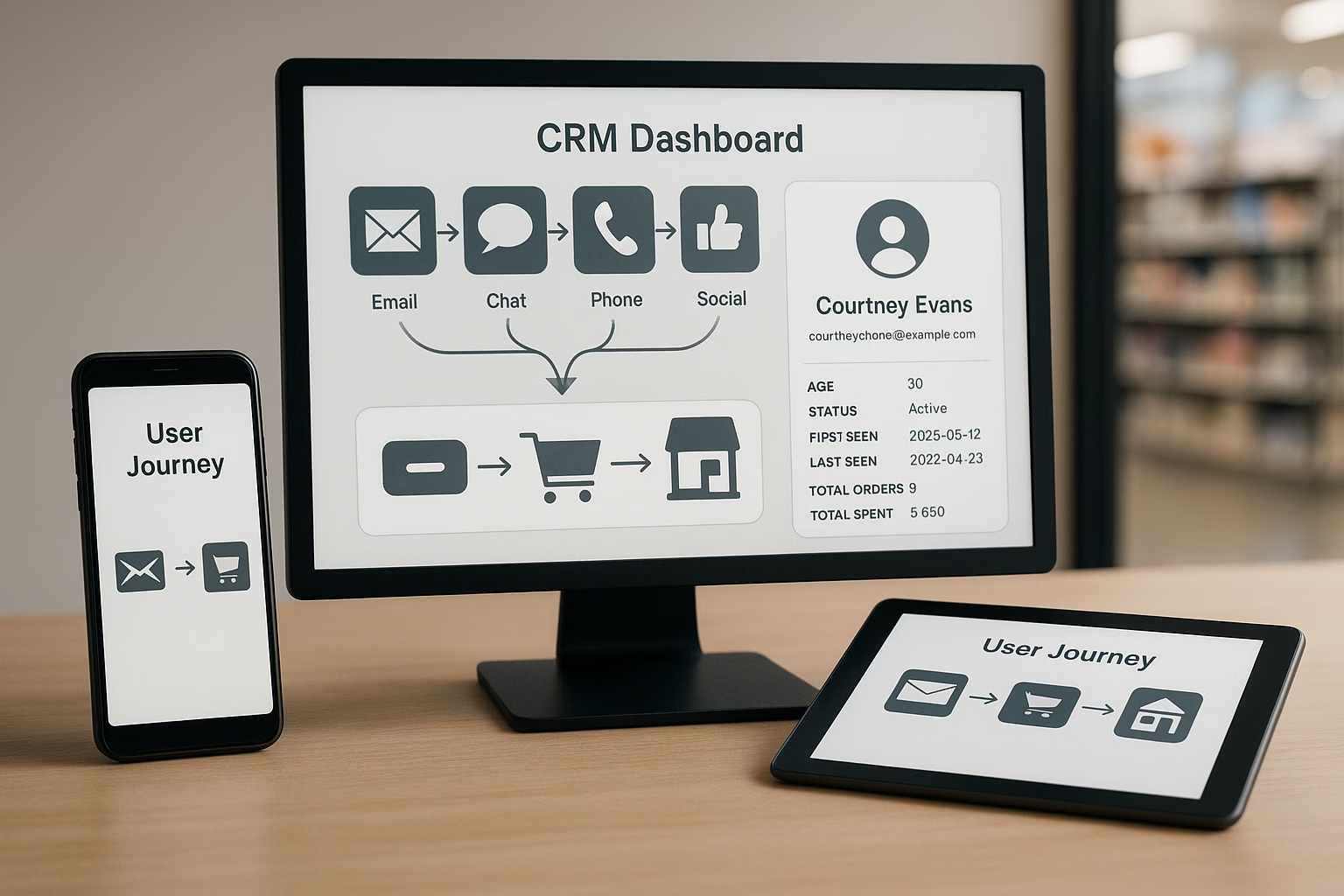By Martin H. Morrissette, Sirocco CMO – Book time with me
The reliability of IT infrastructure is paramount. Major outages, such as the recent ones affecting tech giants like CrowdStrike and Microsoft, are highly disruptive. However, the effectiveness of the recovery process is a testament to the robustness of the IT infrastructure. Unfortunately, if you’re considering cutting corners on IT solutions, your infrastructure might not be as solid as you think. At Sirocco, we believe that a seemingly “cheap” solution can often end up costing more in the long run. Let us explain.
Why “cheap” isn’t always cost-effective
Consider this scenario: you opt for a budget-friendly IT vendor, and suddenly your critical system crashes. You reach out for support but face long wait times and limited assistance from engineers unfamiliar with your specific setup. This situation can lead to lost productivity, escalating frustration, and potentially more significant problems down the line. Moreover, cheaper solutions might lack the features and scalability your business needs. They could struggle to integrate with existing systems, leading to additional costs. Security is another concern; cost-cutting vendors might compromise on safeguards, leaving your data vulnerable. In 2023, the average cost of a data breach worldwide was approximately $4.45 million. According to the Uptime Institute’s 2022 Outage Analysis, over 60% of outages result in at least $100,000 in losses. Additionally, the share of outages costing upwards of £1 million increased from 11% to 15% during that period. These statistics underscore the importance of investing in a resilient IT infrastructure. Companies can mitigate the impact of IT disruptions by implementing things like a robust disaster recovery plan, conducting regular backups, and carrying out proactive maintenance. Additionally, educating employees about basic security protocols and proper data handling is crucial.
Learning from the CrowdStrike and Microsoft outage
The recent outage impacting CrowdStrike and Microsoft provides valuable lessons. What happened to them (though avoidable) can happen to pretty much anyone. This incident, described as the “largest IT outage in history”, serves as a stark reminder of the extensive web of IT interconnections that sustain our digital infrastructure – and of the potential for far-reaching consequences when something goes wrong. The lessons learned from this incident will undoubtedly influence future strategies in IT infrastructure development and crisis management.
What exactly happened? The CrowdStrike/Microsoft outage was caused by a faulty software update issued by CrowdStrike, a cybersecurity company, to computers running Microsoft Windows. This update led to a global outage impacting various sectors including airlines, hospitals, and banks. The issue was specifically linked to Falcon, one of CrowdStrike’s main products. The outage caused thousands of flight cancellations and tens of thousands of flight delays worldwide (some effects can still be felt today, a week later). It also took TV stations offline and led to cancelled hospital appointments. Starting immediately after the first outage reports, Microsoft, along with CrowdStrike and other stakeholders, worked around the clock to provide technical guidance and support to safely bring disrupted systems back online. Instructions to remedy the situation on Windows endpoints were posted on the Windows Message Center. Microsoft deployed hundreds of engineers and experts to work directly with customers to restore services. Microsoft quickly posted manual remediation documentation and scripts and kept customers informed of the latest status on the incident through the Azure Status Dashboard.
Thanks to their prompt response, the business impact – though massive* – was identified and contained. Microsoft took swift action to mitigate the lingering impact of the outage. Microsoft’s focus on providing customers with technical guidance and support to safely bring disrupted systems back online demonstrates the importance of a robust disaster recovery plan and a well-coordinated incident response. This incident underscores the value of partnering with such vendors who can provide reliable support and prompt action in times of crisis. It’s a testament to their commitment to customer service and their ability to navigate complex technical challenges under pressure. This is an important consideration for businesses when choosing their technology partners.
* The estimated cost of this outage to businesses is significant, with the cyber insurance market potentially facing costs between $400 million and $1.5 billion. The total cost to US Fortune 500 companies alone is estimated to be upwards of $5 billion.
The importance of choosing reputable vendors
At Sirocco, we view IT as an investment in your business’s future, not just a budget item. We work with you to design and implement comprehensive solutions tailored to your needs, ensuring scalability and future-proofing your IT infrastructure. We recommend working with reputable vendors who invest in their infrastructure. Our key partners, such as Salesforce, Microsoft, and HubSpot, ensure the security and accessibility of your data, regardless of challenges. Their teams of experienced, certified engineers provide prompt support, minimising downtime and maximising productivity. These vendors also focus on prevention, identifying and addressing potential issues before they become major disruptions. Their expertise in disaster recovery and business continuity ensures your business can handle any crisis, from hardware failures to cyberattacks. They also prioritise compliance, ensuring your solutions adhere to relevant data privacy regulations.
What else can you do to protect your business?
- Diversify your infrastructure: Over-reliance on a single cloud provider can create a single point of failure. A multi-cloud strategy can help mitigate this risk.
- Test rigorously: Regular testing across all environments (development, testing, production) helps identify and address issues before they affect live systems.
- Have a solid deployment strategy: Careful planning, efficient execution, and continuous monitoring to ensure successful implementation and minimal disruption to existing systems.
- Develop an incident response plan: A well-defined plan ensures a swift, coordinated response to outages, minimising downtime and user impact. Our teams can assist with this.
Choosing Sirocco means gaining a trusted partner dedicated to your success. We understand that the total cost of ownership extends far beyond the initial purchase price. By partnering with Sirocco, you can maximise your return on investment and ensure your IT infrastructure is reliable, secure, and supports your business growth. Contact Sirocco today to discuss how we can tailor a solution to meet your unique needs.
Investing in high-quality IT platforms and infrastructure is essential for business continuity and growth. While the upfront costs may seem higher, the long-term benefits, including increased productivity, reduced downtime, and enhanced security, far outweigh the initial expenditure. By choosing reputable vendors and implementing proactive measures, businesses can protect themselves from costly disruptions and build a solid foundation for future success. We’re here to help you select the best strategies and technologies and to implement them for your business.










